Does the Opening Storyline Keep You Engaged or Fall Flat?
24 April 2025
Let’s face it—video games are basically digital storytelling on steroids. It’s like Hollywood meets choose-your-own-adventure books but with more explosions and way cooler hats. And at the heart of every game lies the opening storyline—the big, dramatic “Hello, you’re about to lose 100 hours of your life to this” moment. It’s the hook, the first impression, the plot equivalent of a firm handshake. But what happens when that handshake is more of a limp fish? Or worse, when it’s too aggressive and leaves you reeling? Stay tuned because we’re diving headfirst into whether opening storylines keep us glued to our seats or have us checking our watches, muttering, “When does the fun start?”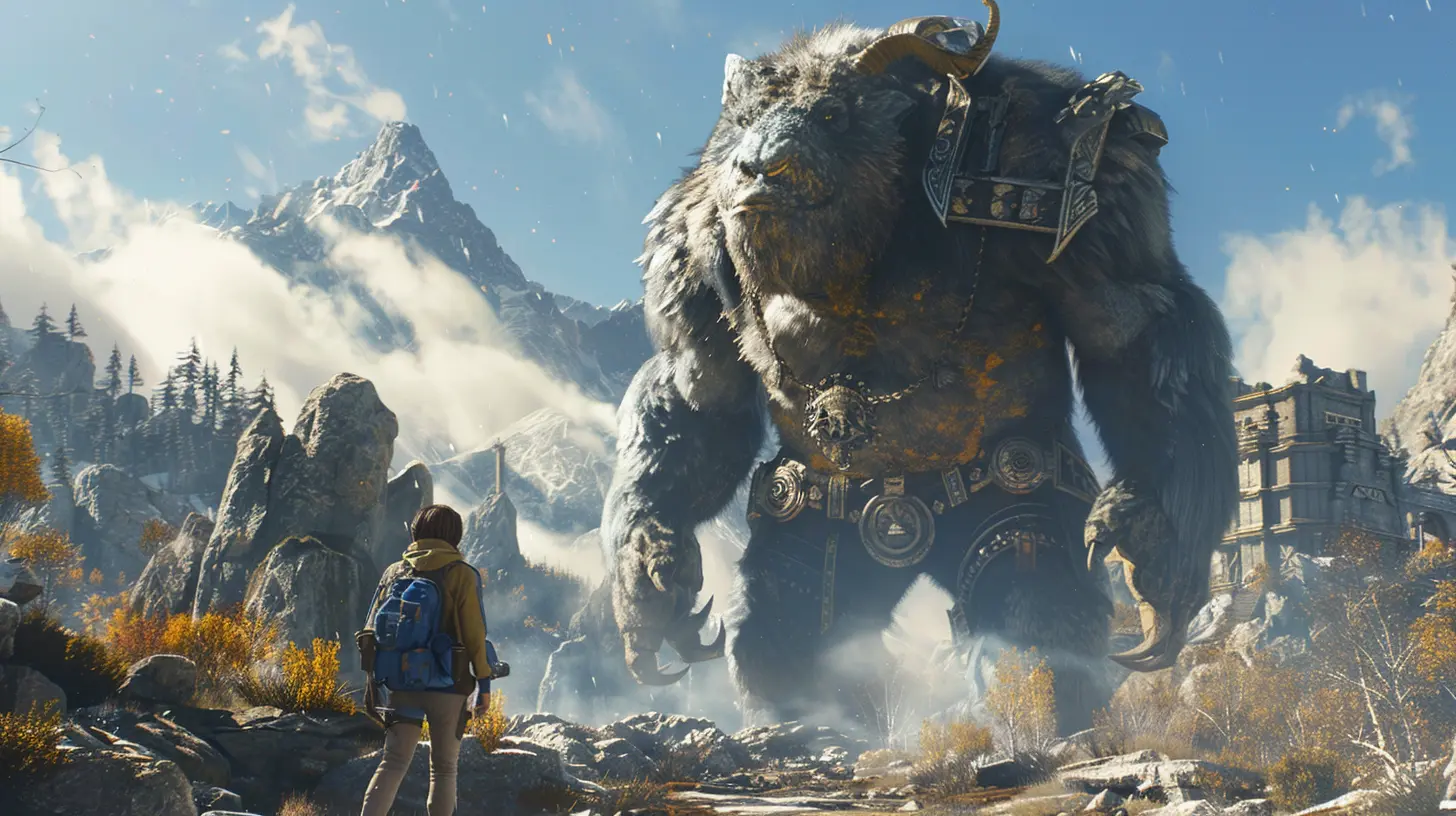
The First 10 Minutes: A Game’s Make-or-Break Moment
Picture this: You boot up a shiny new game. You’ve got snacks, the perfect lighting, and controller in hand. Then BAM—the opening cutscene begins. This moment is like speed dating with a video game. In those first 10 minutes, the game has one job—convince you to stay. Whether it’s through jaw-dropping graphics, an emotional gut punch, or a sassy sidekick who immediately becomes your spirit animal, the opening needs to scream, “You’re gonna LOVE this!”But let’s be real—how many games absolutely nail this? For every God of War opening (hello, epic boat row and father-son bonding), there’s a game that throws an unskippable, 15-minute exposition at you that feels like reading stereo instructions. And at that point, you're already glancing at your backlog, thinking, “Maybe I’ll play Stardew Valley instead.”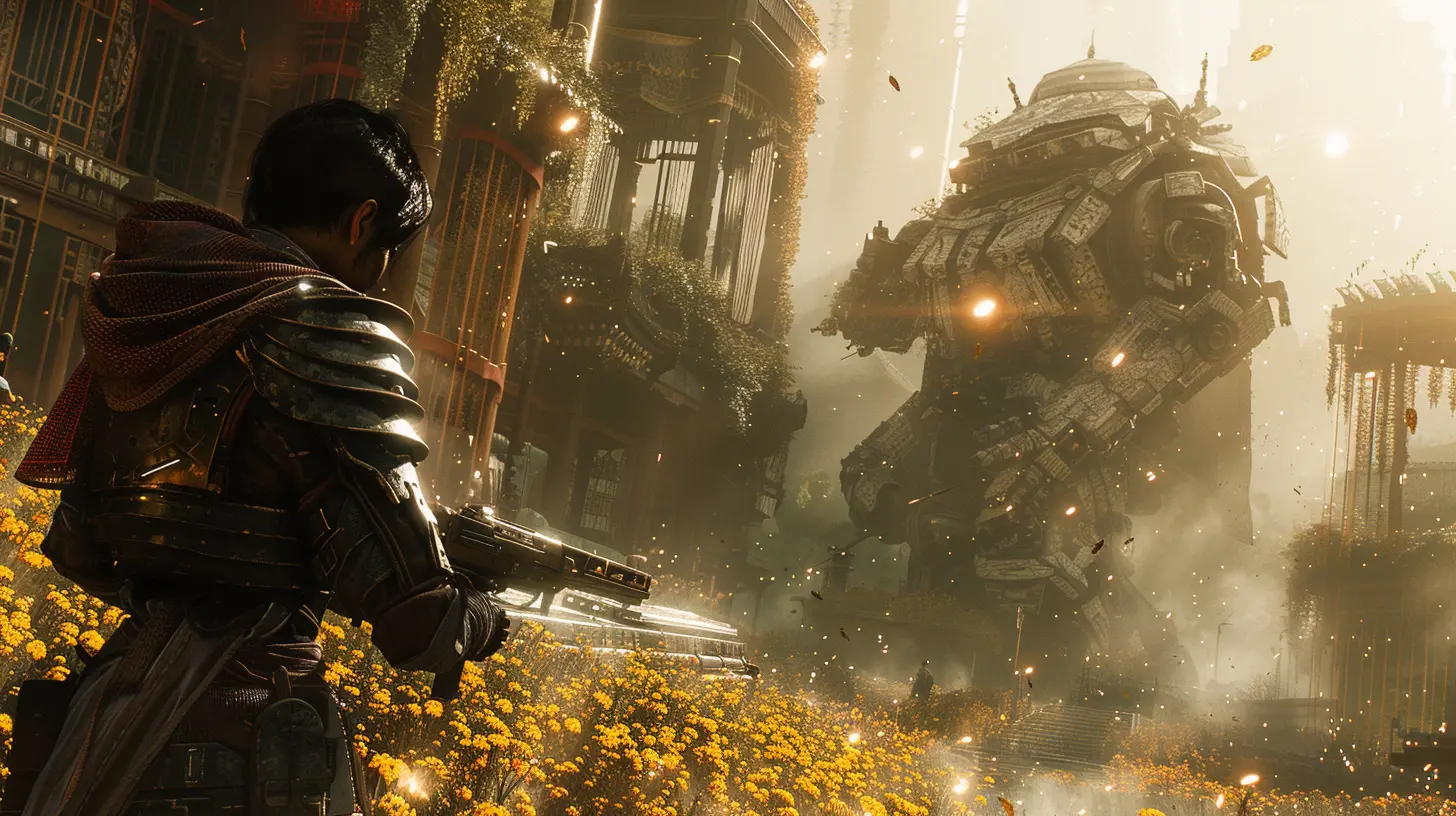
Why a Mediocre Opening Feels Like a Cold Plate of Fries
There’s nothing more disappointing than getting hyped for a game, only for its opening to fizzle out like a cheap firework. You know the ones—they spend the first half-hour explaining everything. The lore. The factions. The political drama between two random kingdoms you never asked about. Like, slow down, Gandalf, I just want to hit stuff with a sword.When a game’s opening falls flat, it’s like ordering fries and getting them lukewarm—technically, they’re still fries, but where’s the crunch? Where’s the magic? A boring start makes you feel like you're working instead of playing. And worse, it often breaks that magical illusion that the game world is alive. If the opening can’t make me care about the hero, the villain, or even the random guy selling potions, I’m probably not sticking around to save the kingdom.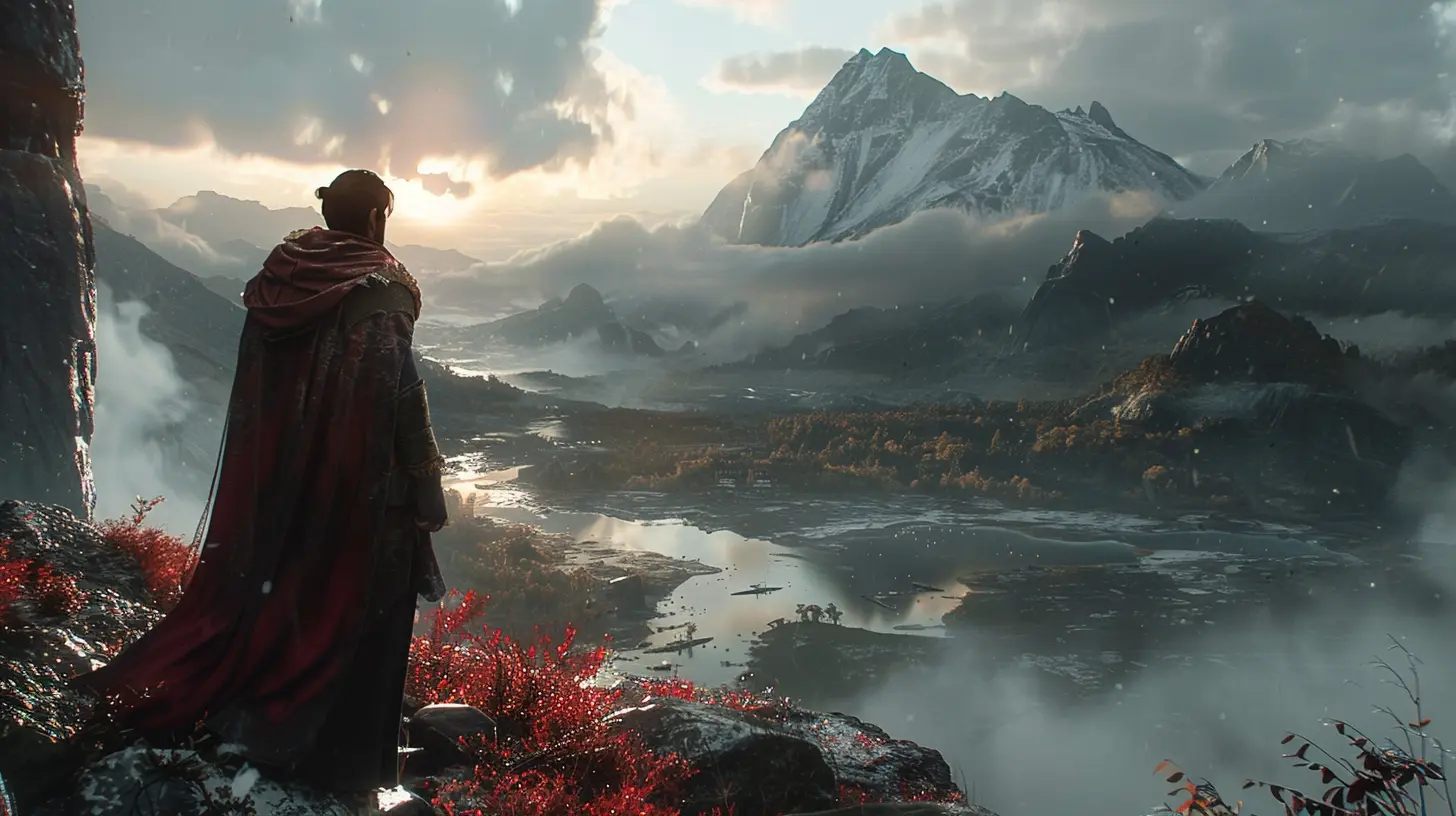
The Art of the Perfect Hook
Creating a killer opening is like making the perfect TikTok video—it needs to grab you in seconds, keep you engaged, and leave you wanting more. Here’s what top-tier openings usually get right:1. Immediate Action
Nobody wants to sit through a 30-minute intro video narrated by a voice that sounds suspiciously like your algebra teacher. Instead, drop us into the action! Think Resident Evil 4—you’re barely two minutes in before you’re thrown into a freakin’ village of chainsaw-wielding lunatics. Now THAT’S how you start a game.2. Character Moments that Hit Hard
Good openings make you care—fast. Maybe it’s a heart-wrenching loss (The Last of Us, anyone?) or just a snarky line of dialogue that makes you chuckle. If you’re emotionally invested in minute five, you’re probably gonna stick around for minute 500.3. Mystery and Intrigue
A sprinkle of “What the heck is going on here?” can work wonders. Games like Bioshock pull you in immediately with cryptic visuals and questions that demand answers. Why is there a lighthouse? Who sent me here? Also, WHAT is that sound coming from the shadows?4. Player Agency
Ever sit through a long cutscene and think, "Can I play the game now?" Great openings let you take control sooner rather than later. Even simple movement or a quick decision goes a long way in making you feel like part of the story, not just a spectator.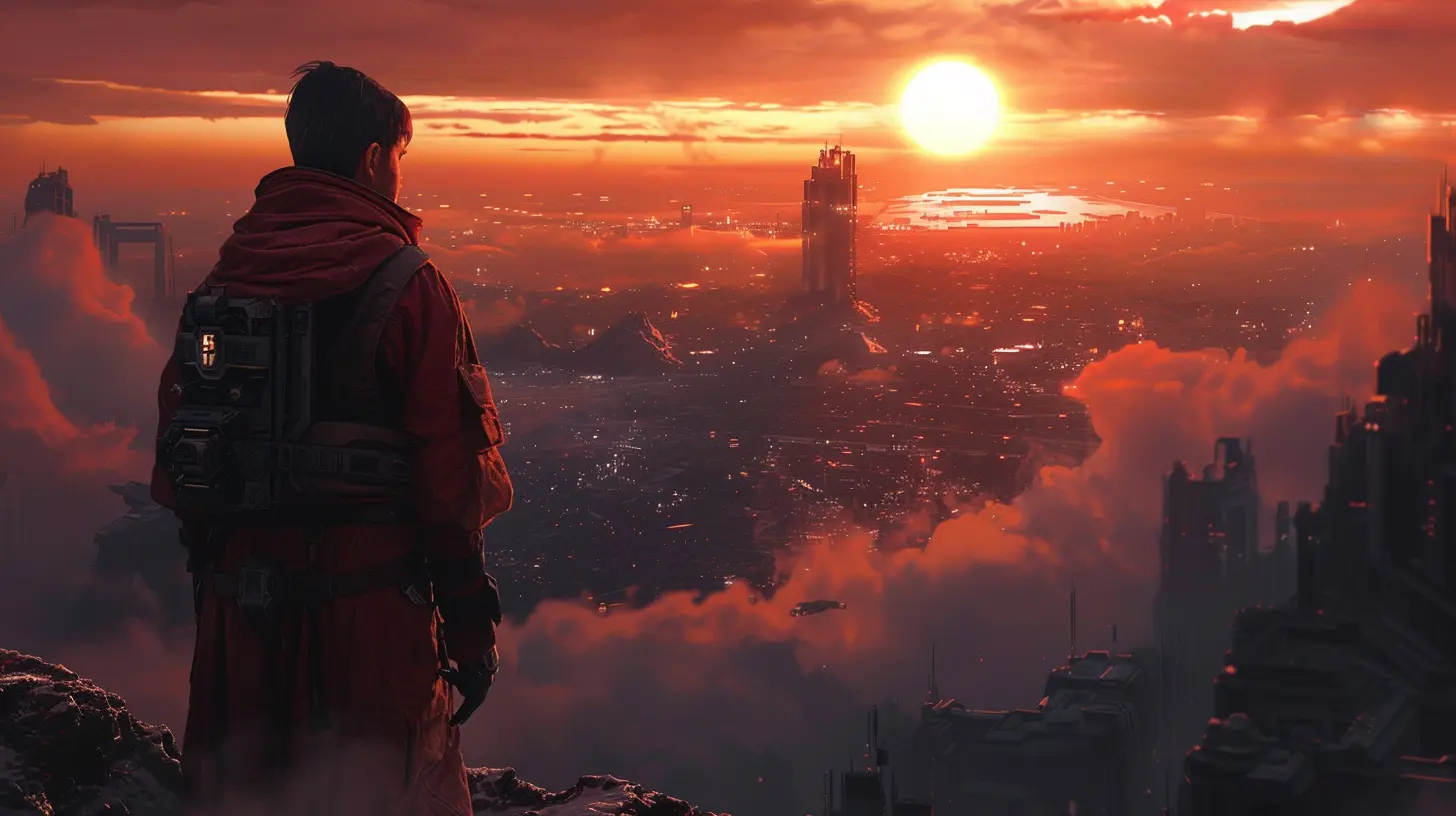
When the Opening Misfires (And How Developers Can Do Better)
Not every game gets it right, though. We’ve all been there—midway through an opening that drags like a slow internet connection, wishing you could skip ahead. So, what’s the deal? Here are a few common missteps and how devs can avoid them:1. Cutscene Overload
Narrative is cool. But you know what’s cooler? Actually playing the game. Long, passive cutscenes that start to feel more like a Netflix binge than a game session? Nah, hard pass.
Fix it: Keep cutscenes short and impactful—like a really good gif. And for the love of all that is pixelated, let us skip them if we want.
2. Too Much Backstory, Too Soon
Yes, worldbuilding is important. But giving me a history lesson on the ancient banana war of 1452 BC before I’ve even moved my character? Save it for later, Shakespeare.
Fix it: Drip-feed the lore, like breadcrumbs to a hungry duck.
3. Overcomplicated Tutorials
Oh, you want me to master 13 different mechanics in the first 15 minutes? Sure, let me just morph into a professional esports player real quick...
Fix it: Teach mechanics naturally as part of the story. Think Zelda handing you a sword and just saying, “Go wild, kid.”
Examples of Openings That Nailed It
Not all hope is lost! Let’s shine a spotlight on some games that crushed their opening storylines:- Red Dead Redemption 2: The snowy, cinematic intro lets you control Arthur Morgan almost immediately, blending survival mechanics with a mysterious backstory. You’re not just playing a game—you’re living a cowboy drama.
- Hollow Knight: No dialogue, no hand-holding—just one moody bug exploring a hauntingly beautiful world. It’s like being thrown into an eerie dream you can’t wake up from (in the best way).
- Mass Effect 2: Opening with Shepard's death? Bold. Rebuilding them into a space badass? Genius. Talk about setting the stakes right out of the gate.
When a Slow Start Isn’t Always Bad
Okay, okay, before you start throwing digital tomatoes, hear me out. Some games intentionally take their time to build up their story. And sometimes, that’s kinda okay. Think Final Fantasy VII—the leisurely intro eventually leads to one of the greatest RPG experiences ever. So, while fast-paced openings are great, a slow burn can work IF it pays off big-time later.Final Thoughts: Hook Me or Lose Me
At the end of the day, the opening storyline is a game’s handshake, its elevator pitch, its first date. It doesn’t have to give away all its secrets, but it DOES need to leave you curious and excited for more. Whether it’s through heart-stopping action, relatable characters, or compelling mysteries, the best openings make you forget about the snacks you just grabbed because suddenly, you’re all in.And if a game’s intro falls flat? Well, backlogs are long, and time is short, my friend.
all images in this post were generated using AI tools
Category:
First ImpressionsAuthor:

Tayla Warner
Discussion
rate this article
5 comments
Zailyn McGillivray
A compelling opening storyline is crucial for player engagement.
May 8, 2025 at 3:41 AM

Tayla Warner
Absolutely! A strong opening sets the tone and hooks players, making it essential for sustained engagement.
Christopher Carey
A gripping opening sets the tone; weak narratives often lose player investment immediately.
May 7, 2025 at 2:38 AM

Tayla Warner
I completely agree! A strong opening is crucial for capturing player interest and setting the stage for a captivating narrative.
Pandora McCarthy
A captivating opening storyline is crucial in gaming! It sets the stage for adventure, igniting our imaginations and drawing us into the world. A great intro not only hooks players but also promises epic moments ahead. Let’s celebrate games that master this art and push the boundaries of storytelling!
May 2, 2025 at 2:43 AM

Tayla Warner
Absolutely! A strong opening storyline is essential for immersing players and setting the tone for their adventure. It’s the gateway to unforgettable experiences in gaming.
Zevon Klein
Great article! Engaging opening storylines are crucial for immersion. They set the tone and draw players in. It's fascinating how narrative can make or break a game!
May 1, 2025 at 2:36 PM

Tayla Warner
Thank you! I completely agree—an engaging opening can truly elevate the gaming experience and captivate players right from the start.
Damon McCarthy
Engaged? More like snoozing through cutscenes!
April 26, 2025 at 2:32 PM

Tayla Warner
Thanks for your feedback! I aimed to spark discussions, but I appreciate your perspective on pacing.
MORE POSTS
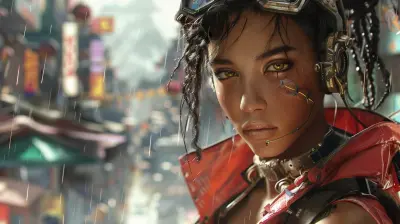
Beyond Aesthetics: How Character Customization Impacts Gameplay
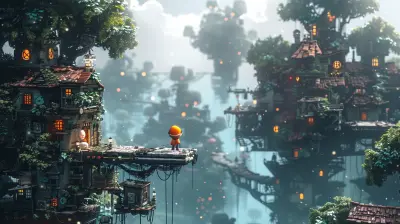
Why Platformers Are the Perfect Genre for Mobile Gaming
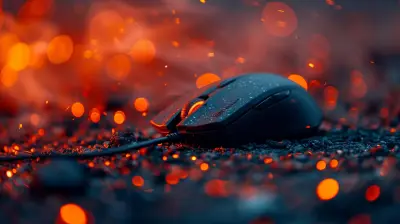
Silent Click Gaming Mice for Late-Night Sessions

Into the Unknown: First Impressions of the New Open-World Experience
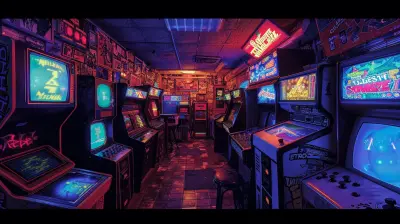
When Graphics Didn’t Matter: The Power of Imagination in Retro Games